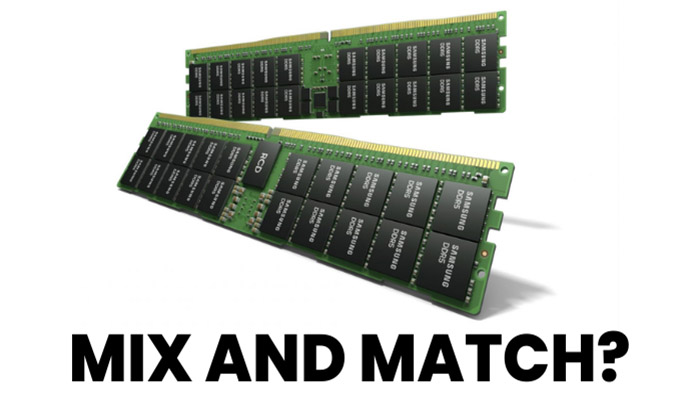Mixing and matching memory modules is a bad idea, and everyone will suggest you put all similar RAM sticks, with the same frequencies, timings, ranks, and even the same model from the same manufacturer. If you do not do so, the result can be anywhere between performance drops to Windows BSODs. But, why does this matter? And what would happen if you mix and match memory modules in your system? Let’s answer these questions in this article.
Why do Memory Speeds and Frequencies Matter?
In today’s age of synchronous memory modules, every memory stick has a clock on them, and they communicate with the microprocessor in bursts. In these bursts, the memory and the CPU are supposed to transfer data between them. Thus, if the clocks on the memory sticks are not synced up to the exact fraction of a second, the information will not get transferred in one go. The redundant data will be transferred in the next burst, thereby slowing the system down.
If important data required for the proper functioning of Windows gets stuck in this problem, Windows has no other way but to terminate the current session. This leads to a Blue Screen of Death (BSOD).
When memory sticks come from the same manufacturer, they are factory set to run parallel and provide optimal performance. This means their clocks are synced to avoid any data losses while communicating with the CPU. Thus, always choose sticks that are as closely linked together as possible. Sticks that are a part of a RAM kit are even better than separately buying sticks of the same model with the same frequencies.
Can You Mix Memory Sticks of Different Capacities?
Mixing and matching memory sticks of different capacities, say one 8GB stick, and another 16GB stick, isn’t going to cause a lot of problems until you put them in two different memory channels. If various capacity sticks are put in the same channel, it may cause Windows to hiccup at times, so make sure you are buying at least 2 sticks of the same capacity or keeping the other slot of a memory channel empty.
When dealing with microprocessors and memory modules, timings and latencies are very sophisticated since we are dealing with data transfers rates in the fraction of nanoseconds. Thus, memory frequencies and timings are taken so seriously. Thus, never buy and mix memory modules of varying frequencies, timings, and ranks. Try to keep them as closely linked as possible by buying sticks from the same manufacturer, and getting sticks from the same kit if possible. This way, it looks aesthetic and performs great.






